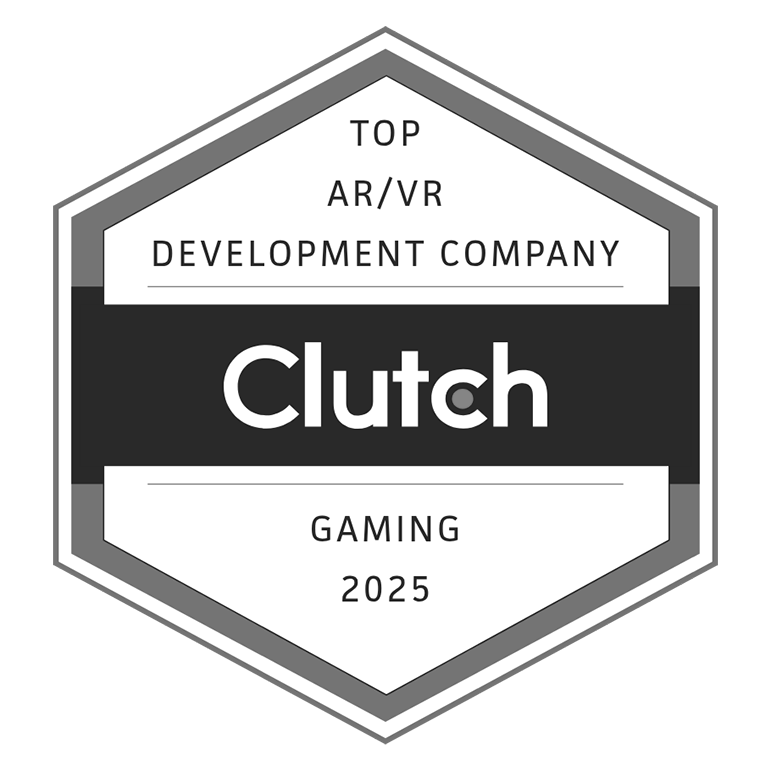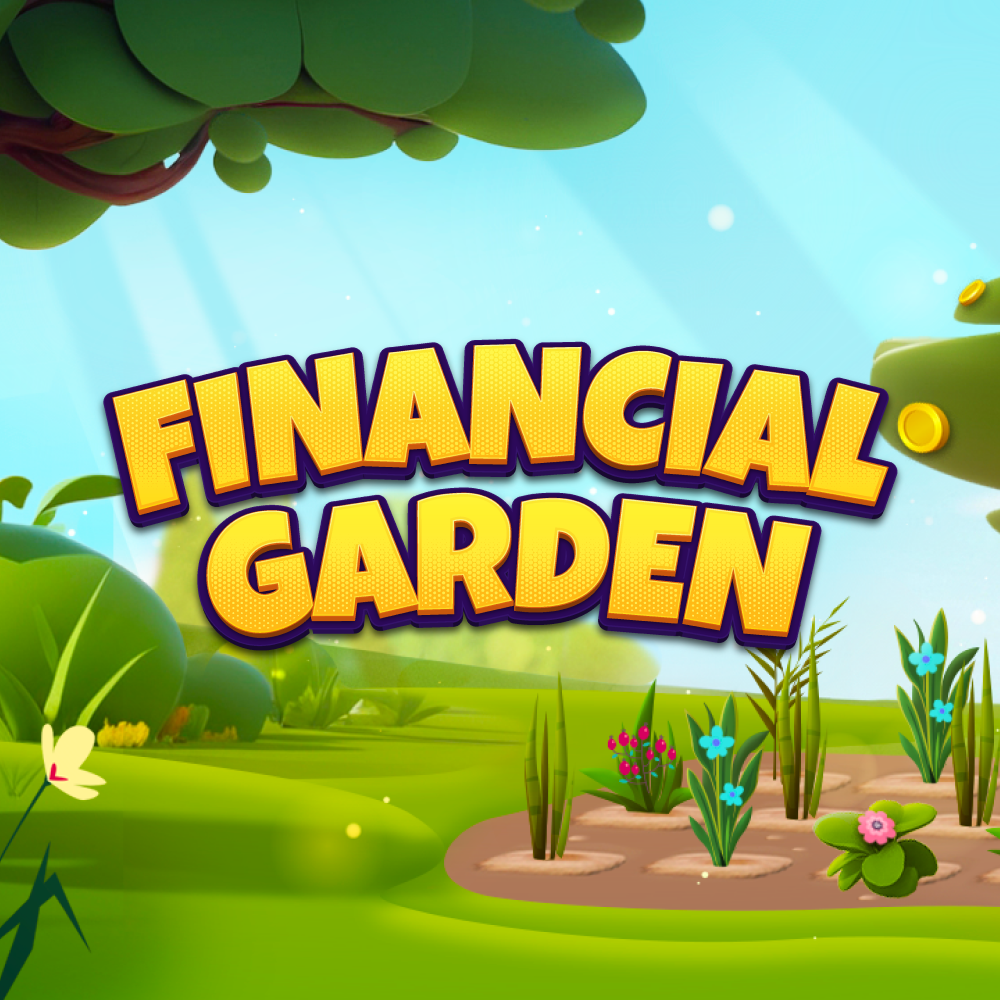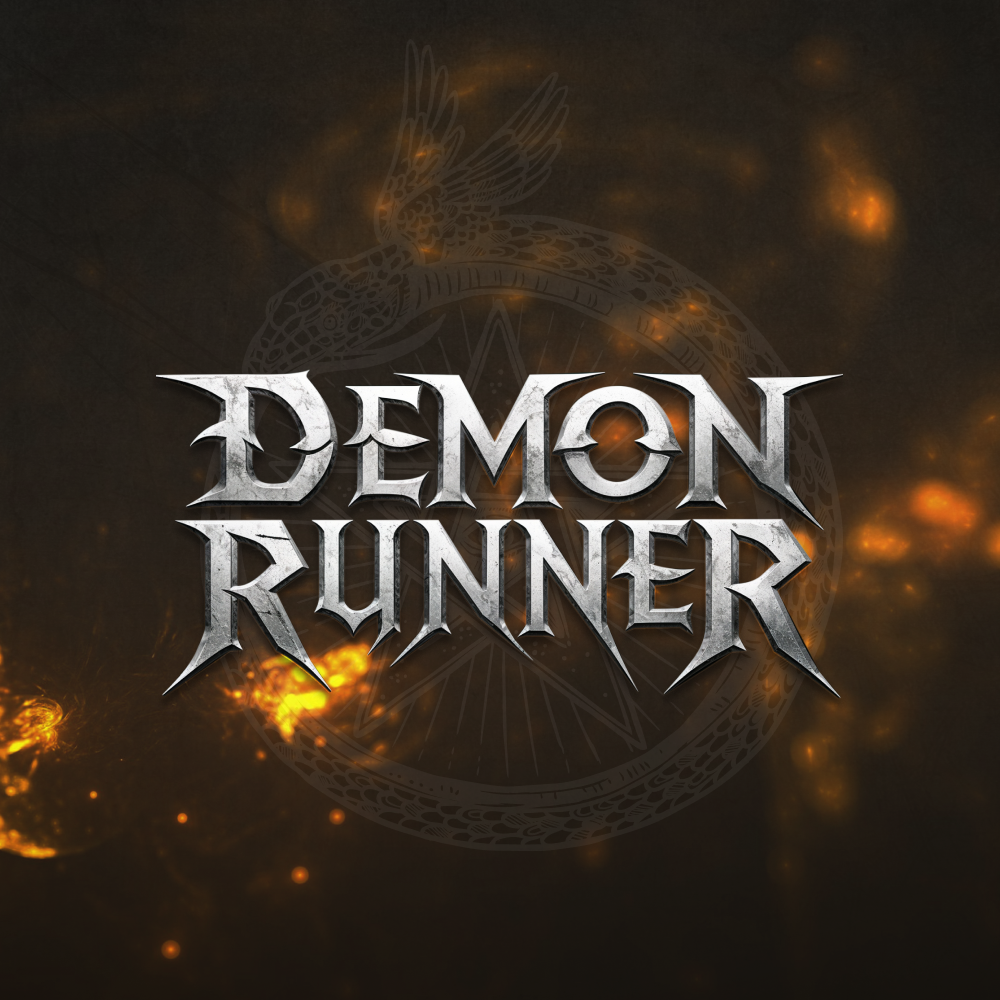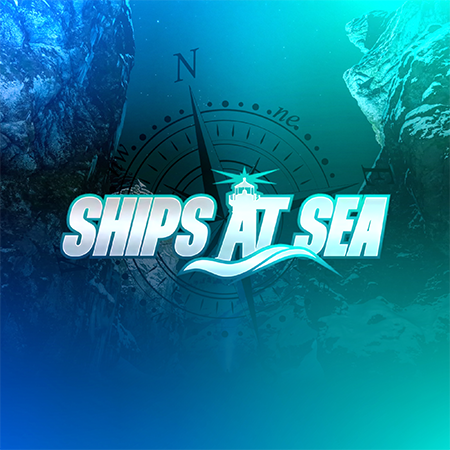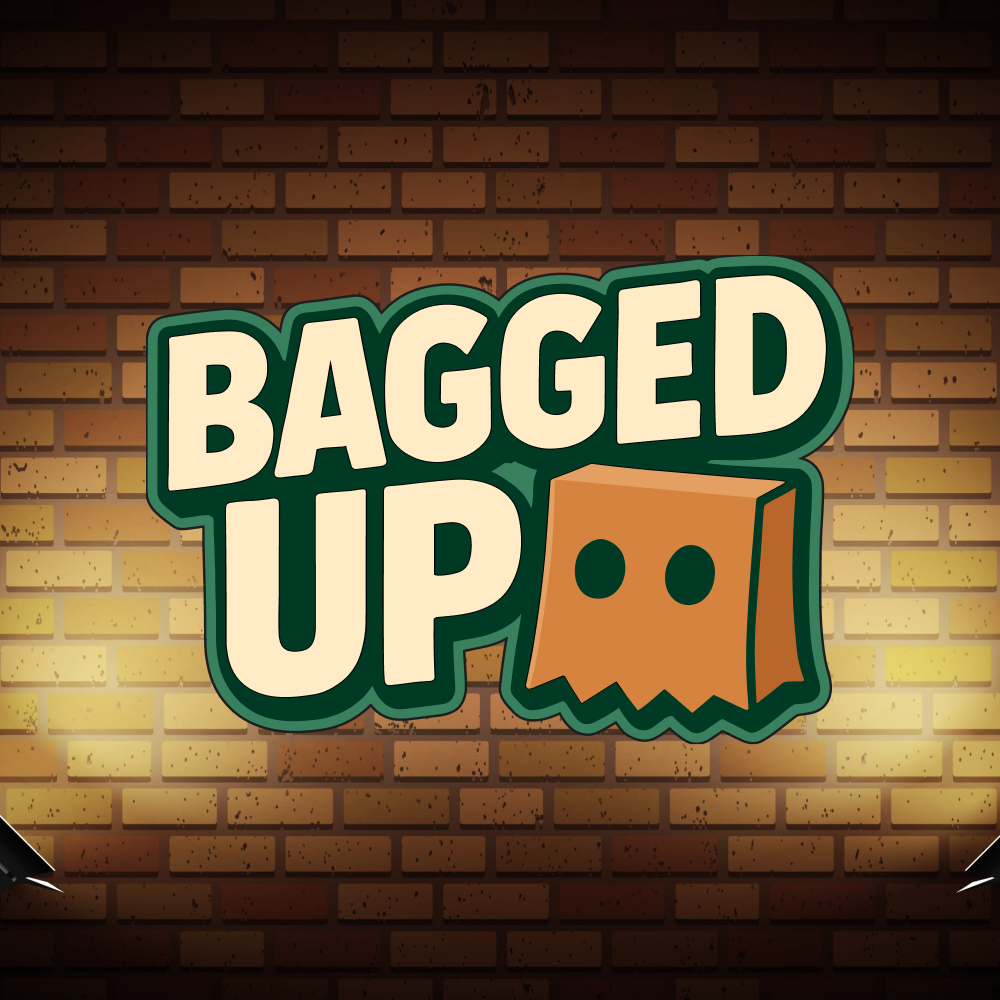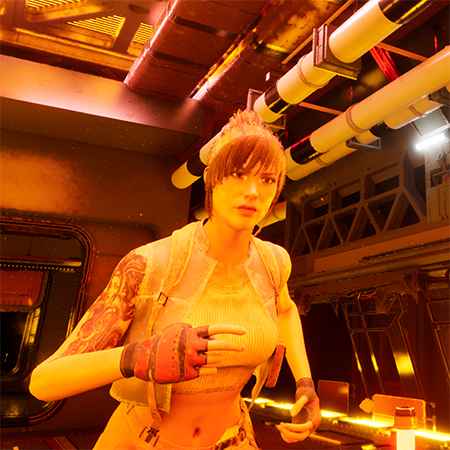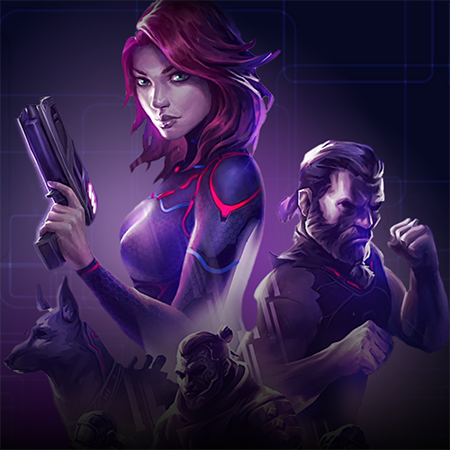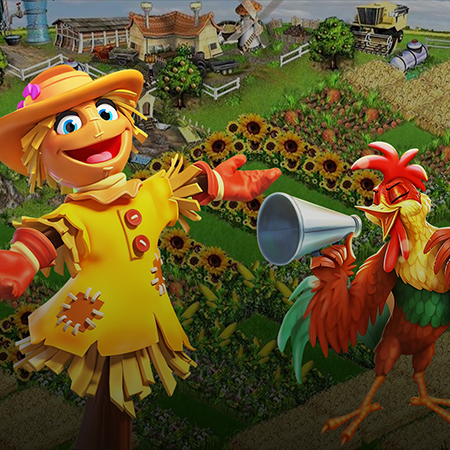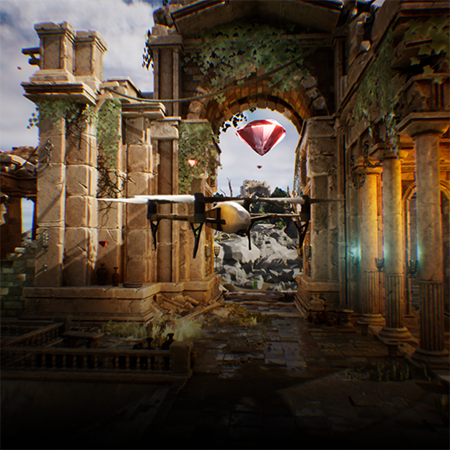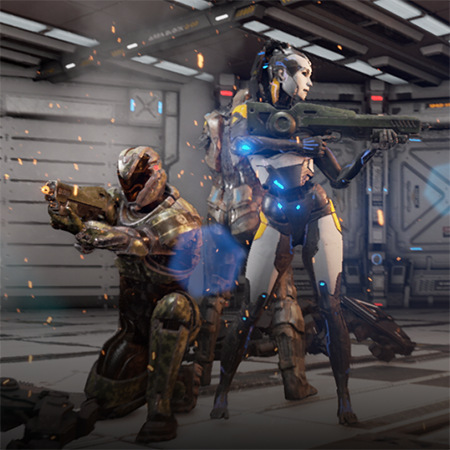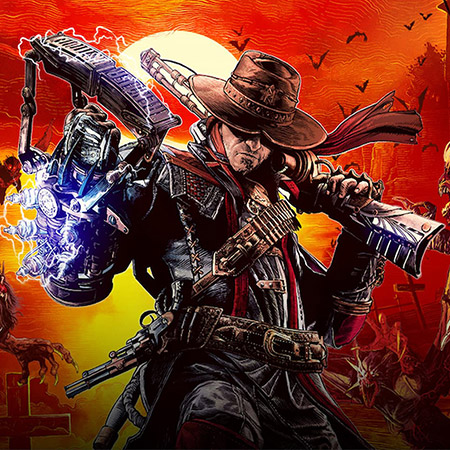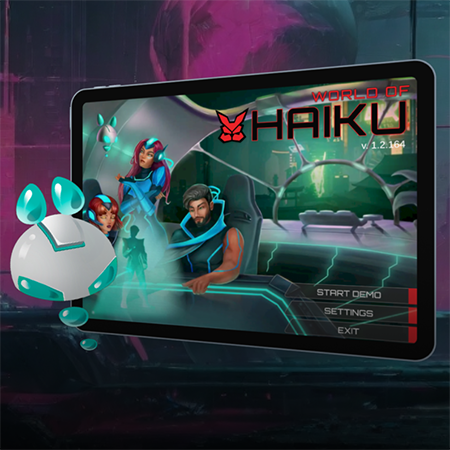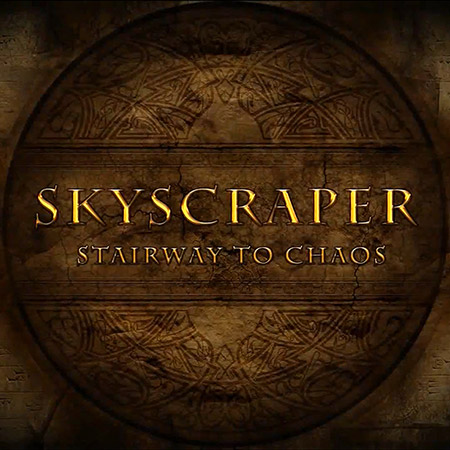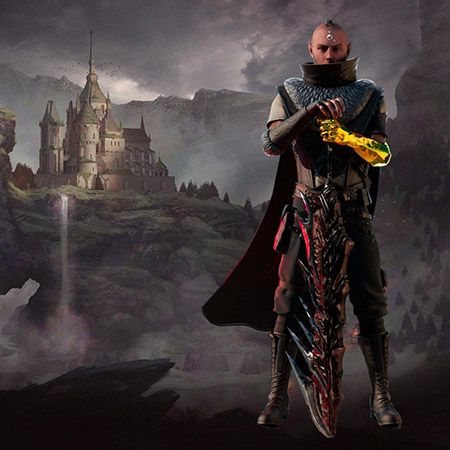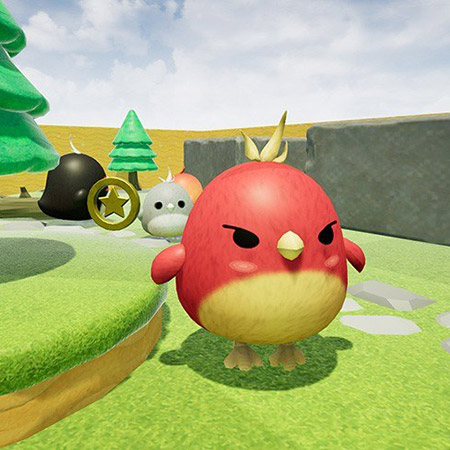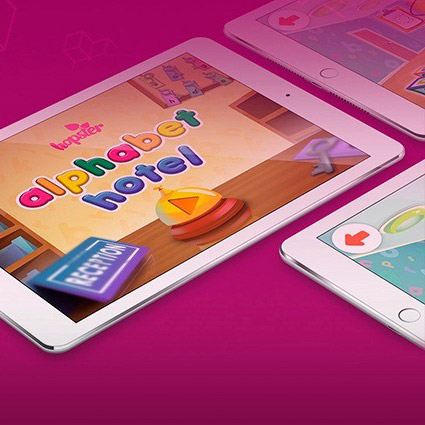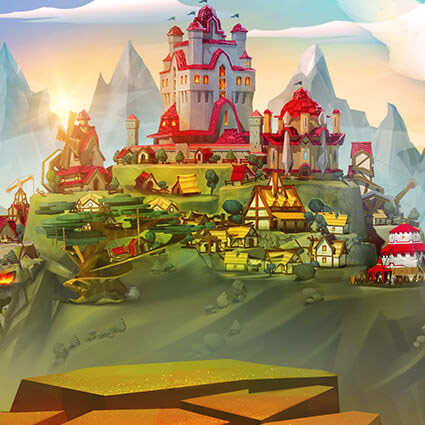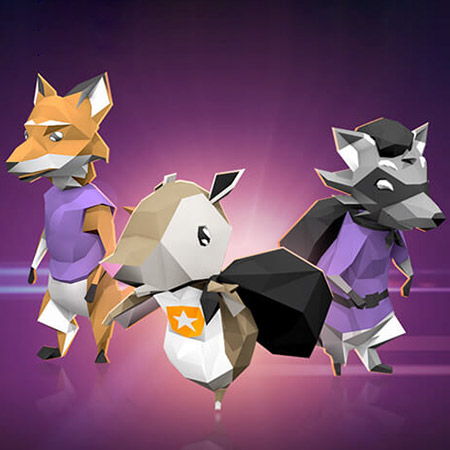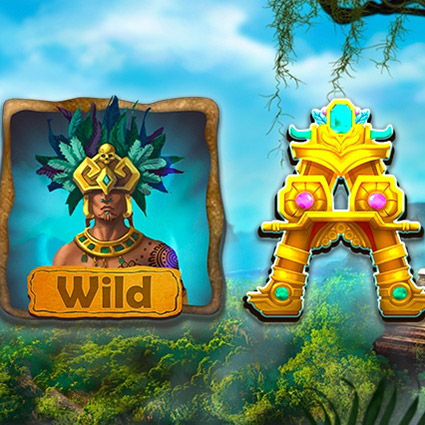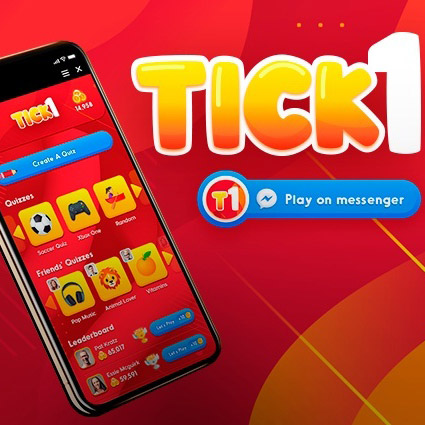Roblox is no longer just a gaming platform. Today, it supports a growing ecosystem where learning can take place through interaction, competition, and simulation. Schools, training programs, and independent educators are using Roblox to build lessons that feel like games but produce measurable learning results. A well-planned educational game on Roblox can teach coding, problem-solving, communication, and teamwork.
Working with a professional Roblox game development company allows education providers to create custom learning environments that go far beyond basic templates. Instead of static videos or lectures, learners get tasks, challenges, and feedback in real time. Students stay focused longer, and performance improves when they receive rewards, earn points, or progress through game levels.
Gamifying education using Roblox removes many of the barriers that slow down traditional training. Lessons become experiences, and learners become active participants. Whether the goal is STEM education, language learning, or soft skill development, Roblox offers a platform where each session feels engaging and structured at the same time. As more educators look for proven digital learning methods, Roblox becomes a serious option worth considering.
Why Gamifying Education Now Matters More Than Ever
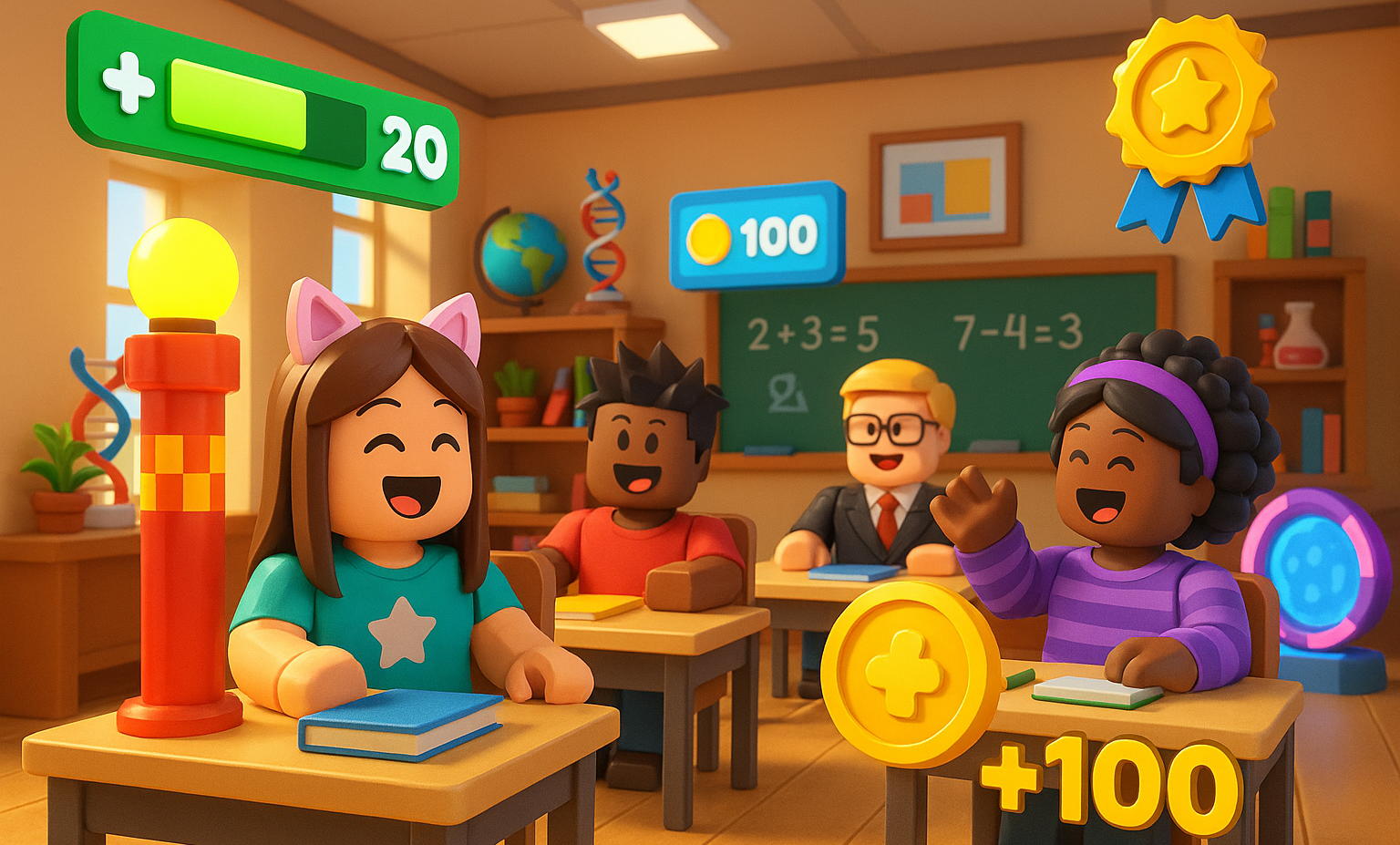
Learning tools must keep up with how people absorb and retain information. Traditional methods no longer hold attention or deliver consistent results. Gamifying education introduces structure, repetition, and rewards in a format learners already enjoy. The approach works not because it replaces content but because it repackages it in a way that keeps learners engaged. Attention spans increase, motivation rises, and information sticks.
For education providers, the shift to gamification is not a trend but a response to clear patterns in learner behavior. Game-based models help reduce passive learning and raise measurable outcomes. In settings ranging from primary school to adult training, applying game logic to lessons leads to better focus and completion rates.
Gamification aligns learning goals with how people already interact with digital content every day. Adding progression systems, feedback, and interaction transforms lessons into something learners actively want to return to.
Engagement and Motivation Beyond Traditional Methods
Gamification in learning development offers a direct response to two common issues: low attention and limited retention. Rather than relying on static material, gamified systems use goals, scoring, and rewards to keep users involved. The focus shifts from passive content delivery to continuous interaction.
Essential motivators include:
- Instant feedback. Learners understand what works and what doesn’t immediately.
- Visible progress. Each correct answer completed the task, or level-up becomes a sign of improvement.
- Autonomy. Users choose their path, which raises satisfaction and ownership.
- Clear objectives. Each step has a purpose, which lowers confusion and frustration.
- Social features. Leaderboards, group missions, and competitions raise accountability and enthusiasm.
Gamification does not require replacing educational goals. It just changes the delivery. A well-built environment encourages trial and error, experimentation, and return visits. When learners want to keep going, retention improves. Motivation also increases when learners feel rewarded not just with scores but with feedback they can apply. The structure of gamified learning makes outcomes more predictable without being repetitive. Properly applied, it builds lasting engagement.
Results-Driven Learning Through Roblox Game Mechanics
Roblox supports a variety of game mechanics that improve learning outcomes by adding feedback loops, progression systems, and interactive logic. These mechanics turn routine lessons into active tasks. Instead of absorbing information passively, users engage through repetition, movement, and decision-making.
Effective mechanics are:
- Quests and tasks. Break down complex lessons into smaller missions to guide learner progression.
- Level systems. Introduce stages that match skill mastery and unlock as learners grow.
- Point scoring. Reward accuracy and speed with visible score updates to trigger motivation.
- Time-based challenges. Add urgency that improves focus and decision-making under pressure.
- Achievement badges. Reinforce consistency and goal-setting through collectible proof of progress.
In a learning context, each mechanic has a purpose. Quests improve sequencing. Points reflect mastery. Time limits teach prioritization. Roblox allows developers to use these mechanics without building from scratch. That makes it easier to align game structure with learning content. With the right design, a Roblox experience becomes more than a game, it turns into a learning loop that supports focus, memory, and measurable growth.
The Business Case for Gamified Education Platforms
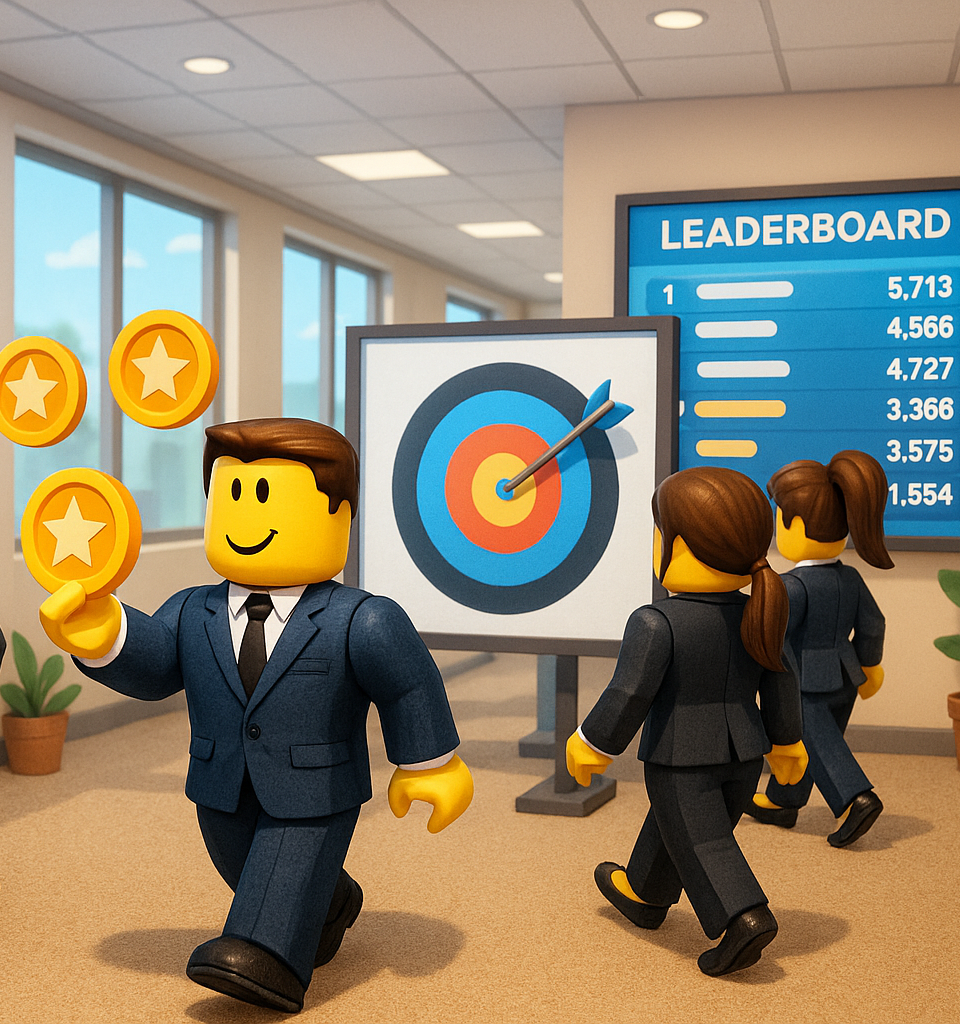
Gamification in business now plays a measurable role in training, onboarding, and education delivery. Platforms like Roblox provide the mechanics, audience access, and content flexibility to support educational products that scale and generate returns.
Game-based learning models help lower churn, improve user satisfaction, and provide real-time feedback loops. For organizations looking to increase training efficiency or enter the education market, Roblox creates a low-barrier path to product testing, iteration, and monetization without relying on outdated systems.
Scalability, Stickiness, and Monetization Potential in Roblox
Roblox has over 70 million daily users, giving educational content creators instant access to a global audience. That audience expects interactivity, rewards, and rapid feedback. Developers who understand how to meet those expectations can build learning products that retain users and grow organically.
Roblox supports scale and monetization through:
- Microtransactions. Sell items, passes, or custom content directly within the learning experience.
- User-generated content. Encourage players to create or modify educational spaces, increasing retention.
- Group engagement. Add multiplayer modes that turn isolated learners into active communities.
- Cloud hosting. Roblox handles backend operations, so scaling requires no separate infrastructure.
- Global reach. Experiences are instantly available worldwide without platform migration or app store approvals.
Retention depends on how engaging and rewarding the structure feels. When users return to complete new challenges or compete with others, the experience builds momentum. Monetization works best when it complements progress, not blocks it. Roblox provides both the tools and the audience for that alignment.
Data-Driven Learning Optimization Models
Roblox experiences generate detailed user activity data by default. Session length, completion rates, task failure points, and movement patterns can all be tracked. For educational content, this data reveals how users learn, where they struggle, and what content needs adjustment.
Data models enable:
- Targeted iteration. Update levels or tasks based on where users drop off.
- Progress mapping. See how long learners stay in each phase and which features improve their success.
- Performance segmentation. Identify patterns by region, device, or language to refine delivery.
- A/B testing. Compare two learning flows and keep the one that works better.
- Real-time feedback. Adapt challenges or unlockables based on how users interact live.
When applied correctly, these models shorten development cycles and raise learning efficiency. Roblox lets developers respond to learner behavior with measurable, fast, and ongoing updates.
Gamifying Education with Roblox: Core Mechanics Explained
Each mechanic used in a learning game must serve a function. On Roblox, core systems such as levels, rewards, and group play are central to how content is structured and delivered. Instead of passive sessions, learners interact with material through decision-making, progression, and collaboration. The outcome is a learning experience that holds attention and builds retention through structure, not entertainment.
Levels, XP, and Rewards in Virtual Classrooms
Gamification elements in training work best when they define clear paths for user progress. Experience points (XP) track effort, while levels set milestones that unlock new content only after a learner shows consistent understanding. This structure replaces open-ended formats with step-by-step advancement.
Visual markers, small achievements, and unlockable features help learners feel that each task has value. A reward can be as simple as access to a new activity or recognition within the system. When tied to actual effort, rewards encourage consistent participation.
Leveling systems allow educators to break complex material into manageable sections. Instead of facing all content at once, learners progress one topic at a time. XP gives immediate feedback on performance, helping both learners and instructors identify areas that need more focus.
Roblox supports these structures without requiring custom backend work. Developers can assign point values, define stages, and trigger in-game outcomes based on completed objectives. Lessons become more engaging when each step carries weight and leads to something new.
Multiplayer Collaboration for Concept Reinforcement
Real-time group tasks improve understanding by combining action with communication. Roblox allows multiple learners to work together inside the same environment, which opens up a range of cooperative learning options. Instead of working in isolation, users complete challenges that require teamwork and shared responsibility.
Assigning specific roles based on topic areas encourages each learner to apply what they’ve learned practically. For example, one user may handle calculations while another operates a virtual machine or sets up a correct sequence of events. Each role contributes to a full solution.
Success often depends on how well the group understands and applies the material. Collaboration gives learners the chance to explain tasks to each other, ask questions, and correct mistakes in real time. This exchange improves long-term memory and engagement.
Roblox includes built-in communication tools that support instruction sharing during missions or challenges. Developers can also create group scoring systems or unlockables tied to team performance. Such an approach makes abstract concepts more concrete by linking them to action, cooperation, and results.
How to Gamify Education Without Compromising Outcomes in Roblox
Designing educational content for Roblox requires more than adding rewards or animations. The content must serve a clear instructional goal while using interactive elements to hold attention. Engagement is only valuable when it supports comprehension, not when it replaces it.
The game structure must reflect the learning path and not lead users away from it. Points, badges, and progress bars are useful tools, but only when tied to correct answers or task completion. A balanced approach avoids distraction by making every interaction meaningful. Roblox supports systems that match academic objectives as long as game logic always follows instructional logic.
Balancing Learning Goals with Game Objectives
Learning outcomes and game mechanics must serve the same function. If learners enjoy the process but retain nothing, the design has failed. Each objective should be supported by a mechanic that reinforces action through repetition or application.
Match mechanics to goals through steps like:
- Define the skill. Write out the exact behavior or knowledge the learner should gain.
- Choose a mechanic. Use points, timers, puzzles, or levels that align with the skill.
- Build progression. Require correct performance to unlock the next stage or content block.
- Evaluate the experience. Track task success and adjust the difficulty or format as needed.
- Collect learner data. Use insights to improve both the teaching and the gameplay structure.
Avoid unnecessary features that add movement or visuals without purpose. Every point system, score, or event should connect to a cognitive goal. For example, if the objective is pattern recognition, use timed repetition challenges. If the goal is critical thinking, introduce branching tasks that require logic. Balance depends on relevance. Every game element must support the desired learning result without overwhelming the user with unrelated interactions.
Content Progression and Skill Scaffolding
Progression design shapes how learners encounter, repeat, and build skills. Roblox supports tiered content structures where each completed section leads to the next. That allows learning to move forward in logical stages, reducing overload and improving recall.
To apply scaffolding effectively in Roblox:
- Start with low-complexity tasks. Let learners grasp basic terms or controls before applying them.
- Introduce variation gradually. Add new content only after users show success with previous material.
- Repeat concepts across formats. Reinforce knowledge through quizzes, puzzles, and timed tasks.
- Use content locking. Prevent advancement until users complete a prior skill or reach a minimum score.
- Reward based on depth. Give visual or functional upgrades as learners master increasingly complex actions.
A structured path removes the guesswork. Learners know what comes next and why they’re being asked to do it. Feedback should be immediate so mistakes become part of the learning loop rather than a blocker. Each part of the Roblox experience must support learning as a sequence. Without scaffolding, the content feels random. With it, each step builds memory and confidence, leading to higher success rates and long-term retention.
Gamified Assessment in Education — Insights for Roblox
Assessment plays a central role in learning, but traditional testing often fails to reflect how learners actually understand the material. For a Roblox browser game, the platform offers tools to turn assessments into active, continuous experiences. Scoring can be built into the gameplay, feedback can appear instantly, and learner behavior can be tracked in real time.
When assessment becomes part of the experience, learners stay engaged while instructors gain more useful performance data. Gamified systems on Roblox allow results to be tied to progression, not just outcomes, making every step part of the learning and evaluation cycle.
Immediate Feedback and Adaptive Scoring
Immediate feedback allows learners to correct mistakes while the information is still fresh. Roblox supports scripted responses that appear right after an action, allowing each task to serve as both instruction and assessment. When feedback is consistent and timely, learners improve accuracy without repeating the same error.
Scoring should not be static. Adaptive models increase difficulty as performance improves and lower it when learners struggle. This keeps frustration low while maintaining challenge. For example, a math lesson can begin with basic problems and unlock more complex ones only after consistent success. If errors increase, the system can introduce review tasks automatically.
Multiple scoring layers can be used at once. One set may track accuracy, another time efficiency, and a third completion consistency, which offers a broader picture than a single pass or fail metric.
When learners understand how scoring works and what it reflects, they stay engaged longer. Feedback loops must be fast, predictable, and relevant. Roblox tools make it easy to connect outcomes to visible scores, progress bars, or in-game changes that reinforce the learning result.
Gamified Metrics and Learner Profiles
Gamified systems in Roblox allow developers to track performance in ways that go far beyond traditional grades. By building custom metrics into the experience, each learner’s profile becomes a dynamic reflection of skill development and behavior patterns.
Useful metrics may include:
- Task completion rate. Measures how often learners finish activities without quitting.
- Time per task. Helps identify if users are rushing or struggling with comprehension.
- Error frequency. Tracks where and how often mistakes occur in repeated tasks.
- Interaction depth. Reflects how learners engage with optional or exploratory content.
- Response to feedback. Measures how quickly learners adapt after correction.
Each data point contributes to a learner profile that updates in real time. Educators and developers can then identify patterns across users, spot skill gaps, and adjust content or delivery without reworking the entire experience.
Roblox supports backend data tracking using scripting and external analytics integrations. The profiles generated can support report cards, certification systems, or internal diagnostics. Gamified metrics also keep learners informed. When progress is visible and personalized, users understand where they stand and what comes next, which improves motivation and learning control.
Change the way you gamify education with professionals.
Gamifying Education in Corporate Onboarding and L&D for Roblox
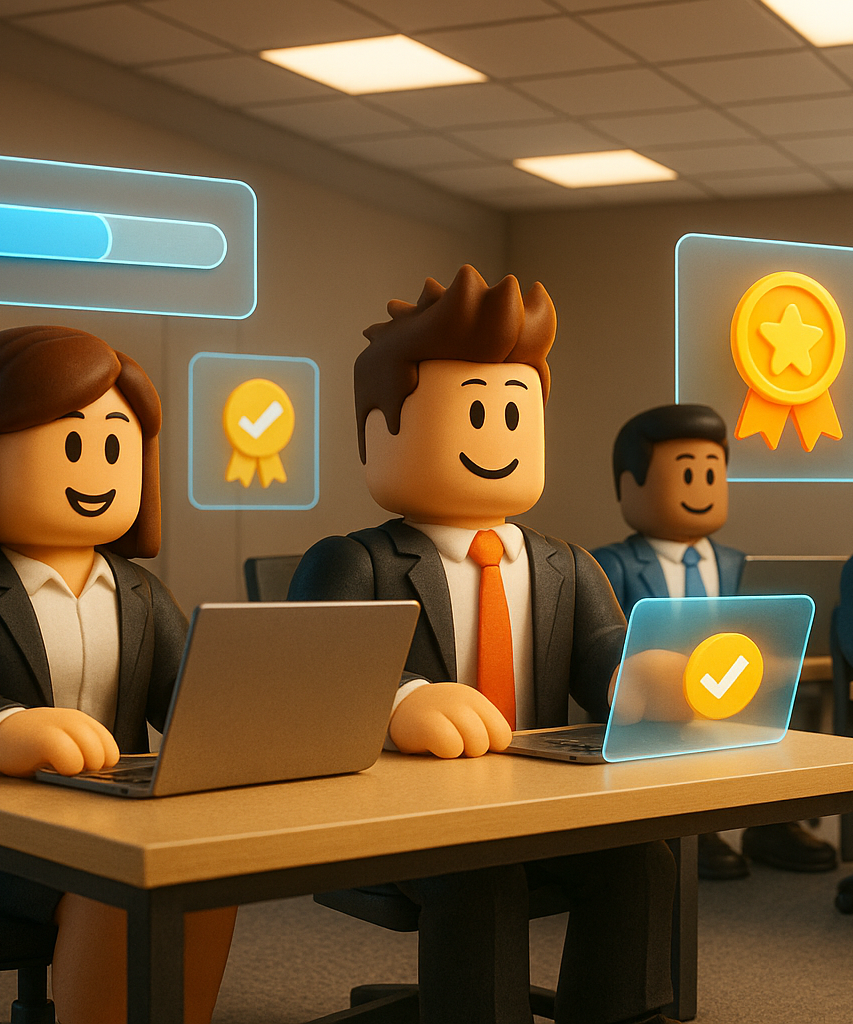
Roblox is increasingly used beyond schools. In corporate learning, it helps turn onboarding and skill training into interactive sessions that mirror real job tasks. Static presentations and slide decks often fail to hold attention or build lasting knowledge.
On Roblox, learners complete simulated assignments, receive feedback, and progress based on real actions. The format suits both early-stage training and ongoing learning and development programs. For companies aiming to improve outcomes while reducing disengagement, Roblox offers a flexible space to gamify skill development.
Replacing Passive Training with Interactive Tasks
Types of gamification vary based on learning context, but the goal remains the same — engage users through structured activity. In corporate settings, passive methods like slideshows or text-heavy guides fail to meet learning needs. Replacing them with interactive tasks on Roblox allows companies to simulate real workflows and test understanding inside a controlled digital environment.
Task-based solutions can include role assignments, equipment simulations, process walkthroughs, or decision-making exercises. Each task can carry point values, trigger feedback, or unlock the next step in a skill sequence. The format makes expectations clear and progress visible.
Common types of gamification used in corporate training include:
- Scenario-based challenges. Learners complete tasks based on job-related events or workplace problems.
- Point accumulation systems. Users earn scores by completing onboarding steps or answering questions correctly.
- Progressive unlocking. New tools or environments appear as learners hit performance targets.
- Role-driven interaction. Teams simulate departments or workflows to build cooperation and context.
By replacing passivity with interaction, companies create training experiences that mirror real-life performance. Every action becomes measurable, and every success feels earned.
Reward Loops for Long-Term Skill Retention
Short-term motivation often disappears once training ends. Reward loops help maintain user engagement and reinforce behavior over time. In a Roblox learning environment, this means designing systems that consistently connect effort with results, encouraging repetition and gradual mastery.
Effective reward loops follow a simple structure: a task is completed, a reward is delivered, and the next challenge becomes available. When used correctly, this cycle builds habit formation. Users begin to associate learning with progress, not just completion.
Rewards must reflect actual performance. Instead of offering fixed incentives for participation alone, Roblox allows dynamic responses tied to effort, accuracy, or consistency.
Here are some features that support retention-focused reward loops:
- Tiered achievements. Unlock higher levels or titles after repeated success.
- Performance-based upgrades. Access improved tools or environments after reaching skill benchmarks.
- Daily tasks or check-ins. Encourage repeated use over time to reinforce knowledge.
- Visible personal stats. Show progress charts or skill history to track development.
When learning becomes part of a repeated, rewarding process, users stick with it. Retention improves not because of the reward itself but because the structure supports continuous learning over time.
How Roblox Enables Fast Prototyping of Educational Games
Recruitment gamification often requires fast testing, iteration, and refinement of skill-based scenarios. Roblox supports this process by offering prebuilt systems, a large asset library, and a responsive development environment. Whether building for corporate recruitment or educational use, the tools are designed for speed and flexibility.
Developers can test ideas, collect user feedback, and adjust mechanics without starting over. With multiplayer support and integrated scripting, Roblox makes it easier to prototype, evaluate, and finalize educational games that reflect both learning and performance goals.
Roblox Developer Tools and Community Resources
Roblox Studio is the main environment used to build and test games. It includes drag-and-drop features, asset imports, terrain tools, and scripting access through Lua. Developers can build structured environments, simulations, and interactive assessments that respond to user input in real time.
What makes Roblox especially useful is its connected ecosystem. In addition to development tools, the platform supports cloud-based publishing, allowing updates without additional installation. Real-time changes can be pushed to users, speeding up the testing cycle. New mechanics, UI elements, or learning flows can be adjusted within hours, not days.
The Roblox developer community is another major advantage. Forums, tutorials, asset marketplaces, and open-source scripts allow new developers to build quickly without starting from zero. Teams can find templates for quiz mechanics, scoring systems, checkpoints, or user dashboards. Instead of building every feature from scratch, developers only need to customize what already works.
Community feedback is also built into the process. Testers can leave public comments, allowing developers to find bugs or confusing mechanics before full release. This ecosystem provides a solid foundation for rapid educational game development, eliminating the need for large budgets or extensive testing.
Cost-Efficient Experimentation with Learning Models
Roblox supports experimentation without major investment. Educational developers can test different content flows, scoring methods, or instructional structures with minimal risk. Since Roblox handles hosting, security, and updates, developers focus entirely on logic, interaction, and iteration.
To keep experimentation cost-efficient:
- Start with a minimal feature set. Focus only on mechanics tied to the learning goal.
- Use built-in assets. Avoid external modeling or animation work during the early stages.
- Launch for limited audiences. Collect real-world feedback from small groups before scaling.
- Track user behavior. Use analytics to refine tasks, pacing, and instruction delivery.
- Rely on version control. Save and test multiple versions of the same experience without needing multiple deployments.
Changes can be implemented quickly. For example, if a level proves too difficult, the rules can be adjusted immediately and tested again. Learner confusion can be reduced without rebuilding the entire experience. Roblox educational games remove the overhead usually involved in running game trials. As a result, teams can move from concept to usable prototype in days instead of weeks while maintaining control over how and when learning content is delivered.
Our specialists are ready to start.
How to Gamify Education Programs in Roblox
Roblox for brands can support structured educational initiatives. Gamifying education programs start with defining outcomes, selecting appropriate mechanics, and designing feedback systems that guide progress.
Roblox allows developers to map each stage of the learner journey and apply game logic to encourage consistent participation. Whether the goal is internal training, customer onboarding, or public outreach, Roblox gives brands a space to engage users while delivering measurable learning. Each system built must reflect clear goals and adapt to user performance in real time.
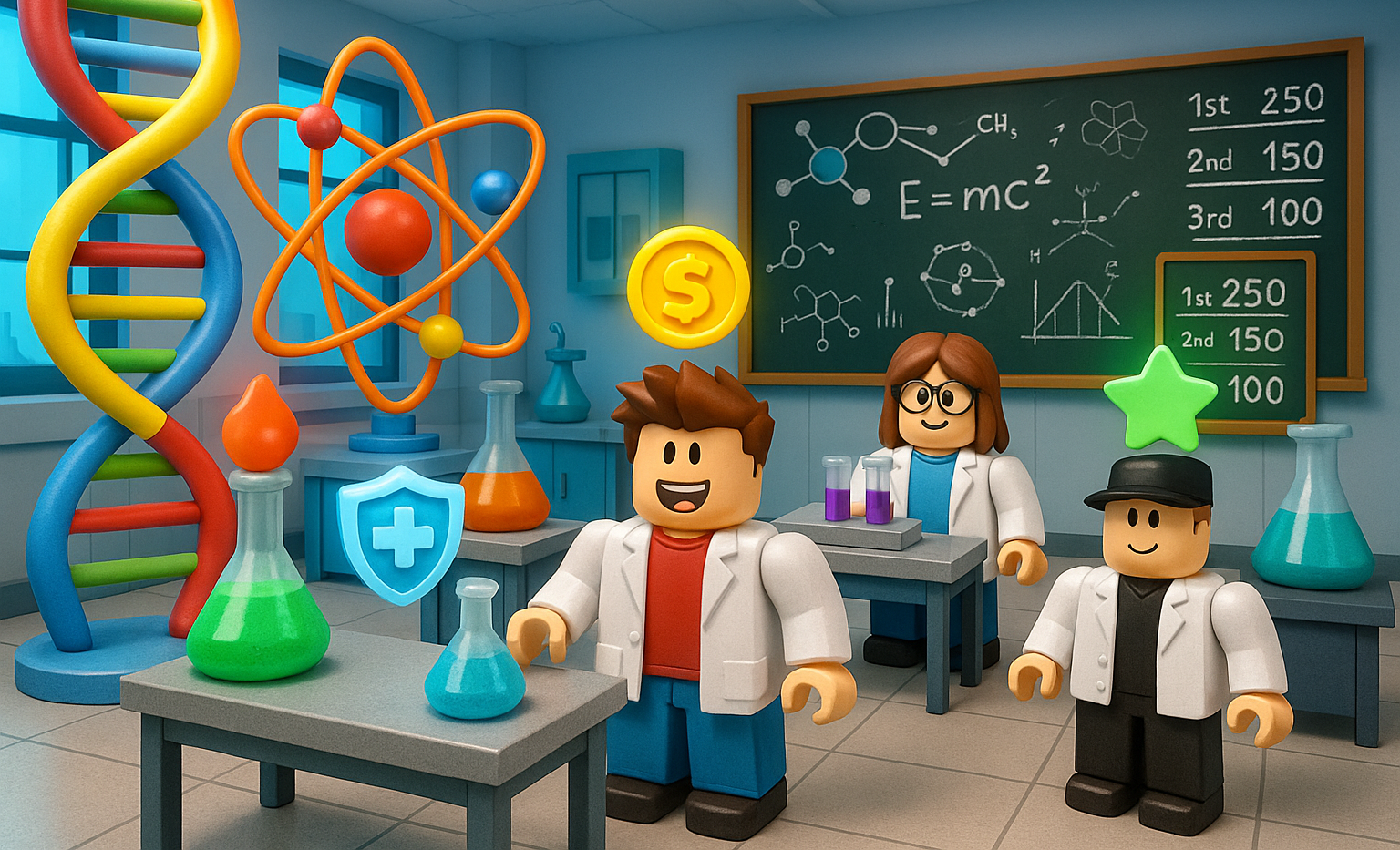
Define Objectives and Outcomes
Every educational program must begin with a clear definition of what success looks like. On Roblox, that means breaking down the desired learning outcome into observable tasks and measuring how well users complete them. Without defined objectives, game mechanics lose their function, and engagement becomes the only result.
Objectives should be specific. For example, if the aim is teaching safety procedures, the outcome might be performing each step in the correct order under time constraints. If the goal is soft skill development, outcomes may involve making correct decisions in simulated conversations or tasks.
The structure of each lesson must reflect these goals. The time spent on each task, the order of content, and the nature of interaction all depend on what users are expected to learn. Progression should match complexity, and each task must provide insight into user understanding.
Roblox supports this structure by allowing tracking of behavior, time, task completion, and accuracy. Objectives do not have to be abstract. Each one becomes part of a learning map tied directly to game actions.
Choose Mechanics and Build Reward Systems
Mechanics shape how users interact with content. Rewards shape why they continue. Both must align with instructional logic. On Roblox, developers can combine interactive elements to build motivation loops that connect effort to outcome.
Core actions to structure this phase are:
- Map mechanics to content. Quizzes match multiple-choice formats, while tasks may use drag-and-drop or timed execution.
- Define trigger conditions. Set clear criteria for success, such as correct answers, completion speed, or collaborative steps.
- Build visible reward loops. Use in-game effects like unlockable levels, badges, or titles based on performance.
- Include reinforcement. Add small confirmations like sounds, color changes, or points to recognize progress.
- Avoid over-rewarding. Tie rewards to meaningful effort, not just participation, to maintain skill development.
Roblox supports variable reward conditions, which allow responses to be customized based on each user’s pace and behavior. When done well, the system creates motivation without relying on competition or randomness. A strong reward system keeps learners moving forward without external pressure. Motivation grows internally when each action produces a visible response.
Gamifying Education in Roblox at Scale with Game-Ace's Developers
As a custom game development company, Game-Ace develops scalable Roblox educational games backed by deep experience in interactive design, scripting, and user testing. Whether you need rapid prototyping, full-cycle game-based learning, or long-term content updates, our team aligns every mechanic with your objectives.
We combine instructional logic with gameplay structure to create experiences that perform under pressure and adapt to user feedback. From onboarding modules to advanced skill simulators, we build learning ecosystems that grow with your audience.
Contact us to build a Roblox-based educational games with measurable outcomes and long-term impact.
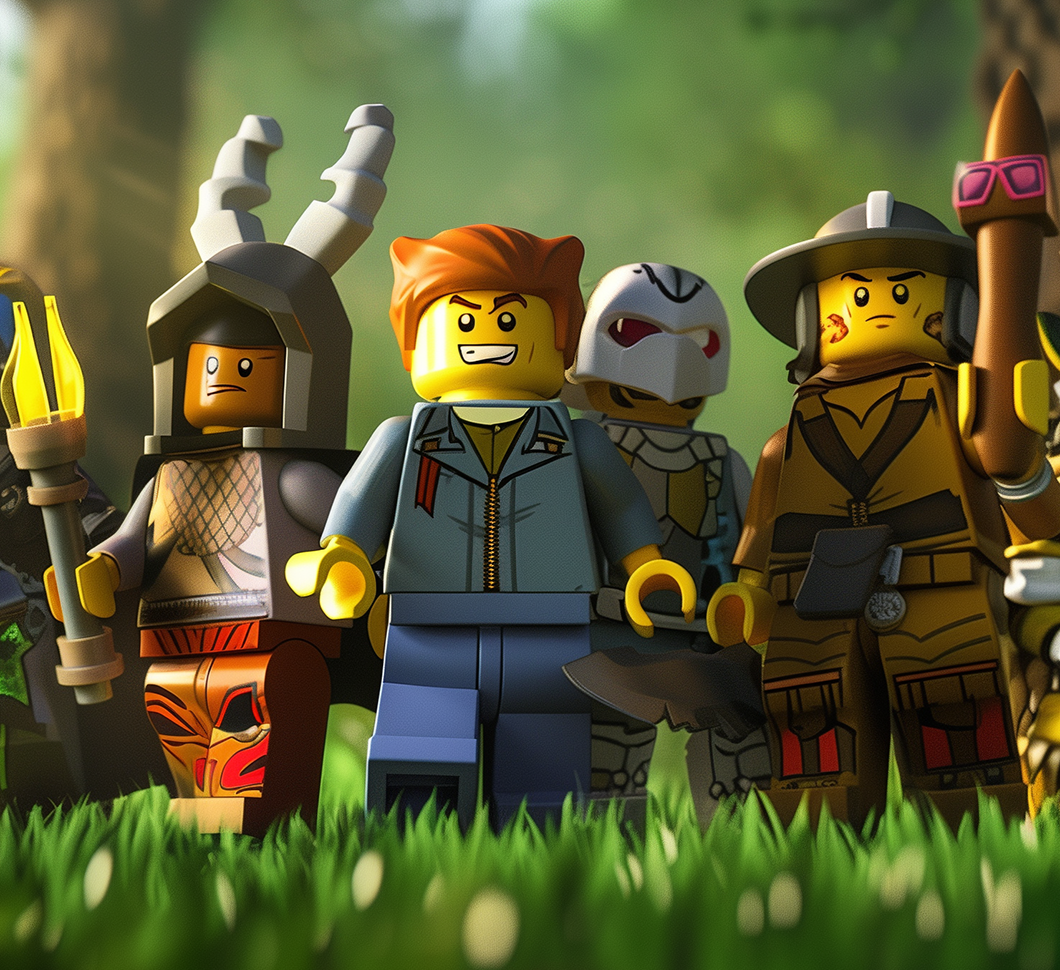 Roblox Trends in Gaming that Shape the Next Wave of Digital Engagement
Roblox Trends in Gaming that Shape the Next Wave of Digital Engagement 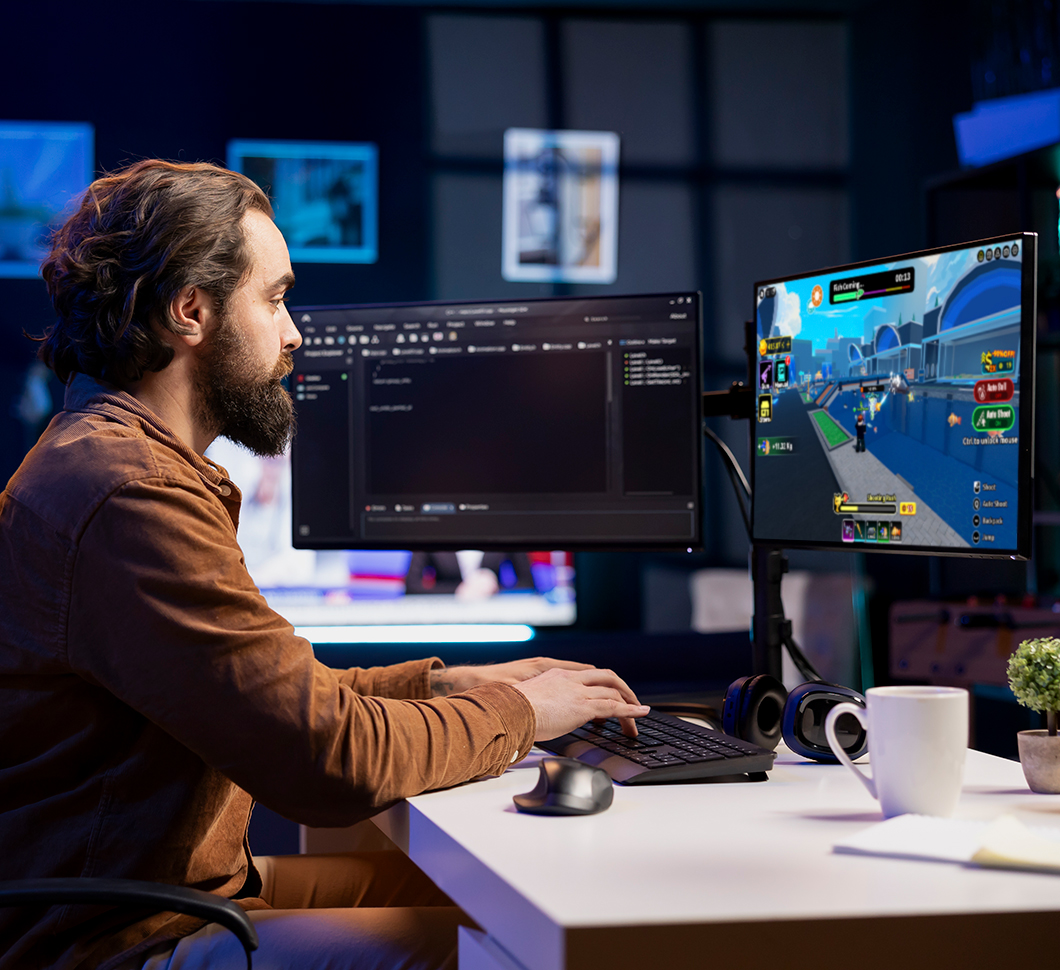 How to Hire the Best Roblox Game Developer for High-Impact Projects
How to Hire the Best Roblox Game Developer for High-Impact Projects 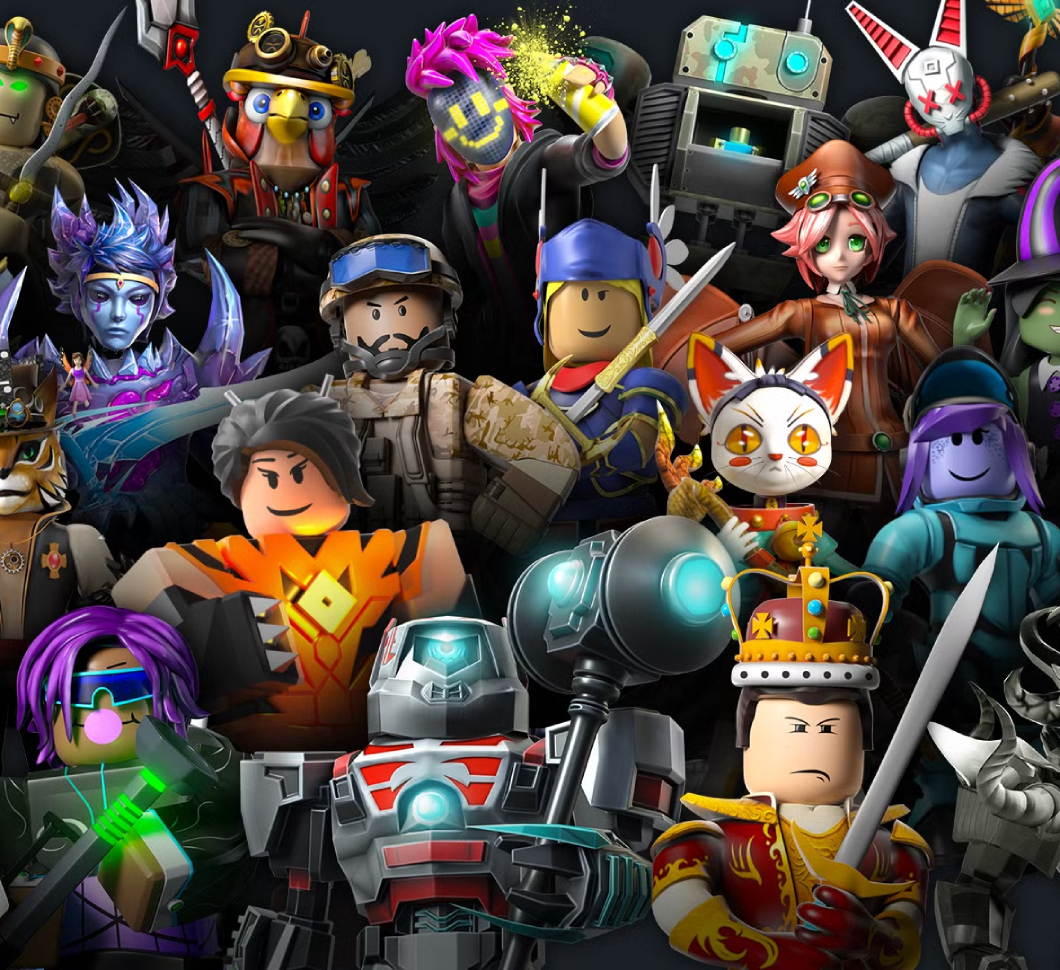 Roblox Game Ideas That Actually Work: From Concepts to Profitable Designs
Roblox Game Ideas That Actually Work: From Concepts to Profitable Designs 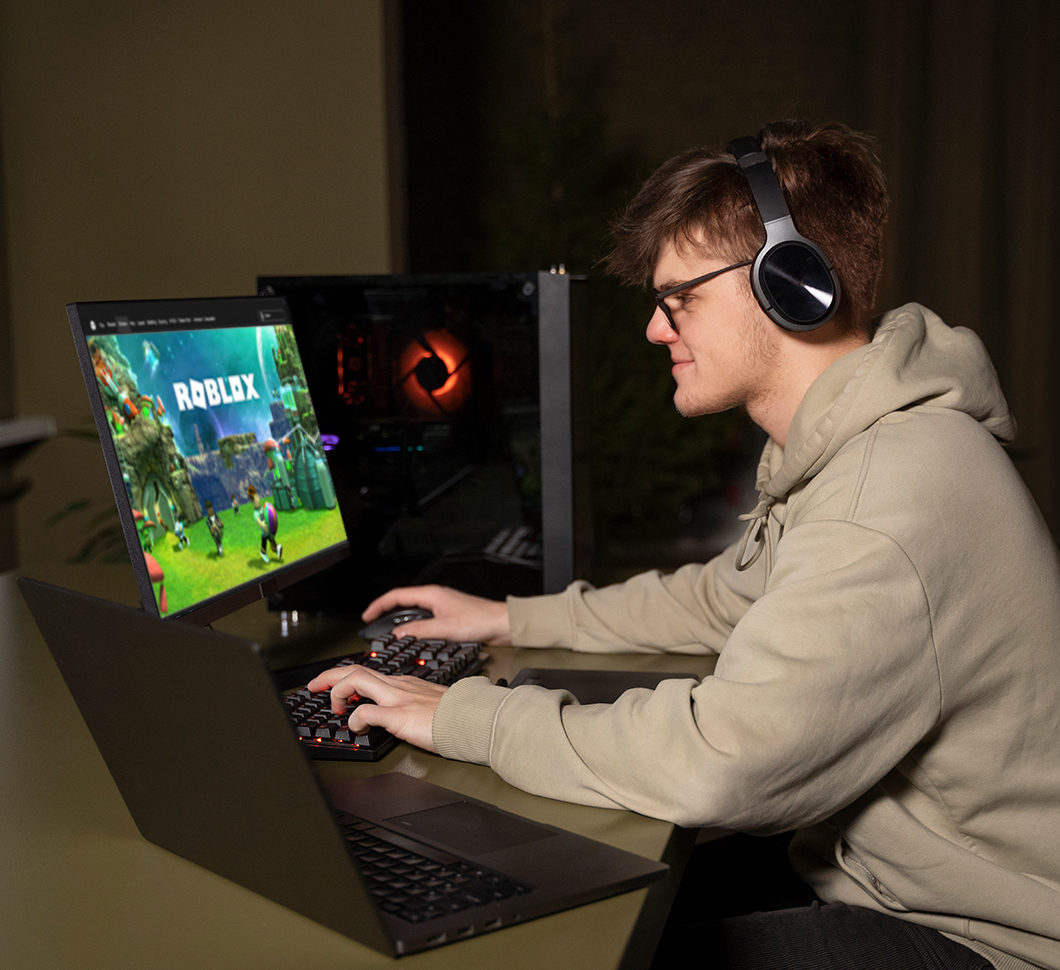 A True Roblox Browser Game: Why It's More Than Just a Kid's Pastime
A True Roblox Browser Game: Why It's More Than Just a Kid's Pastime 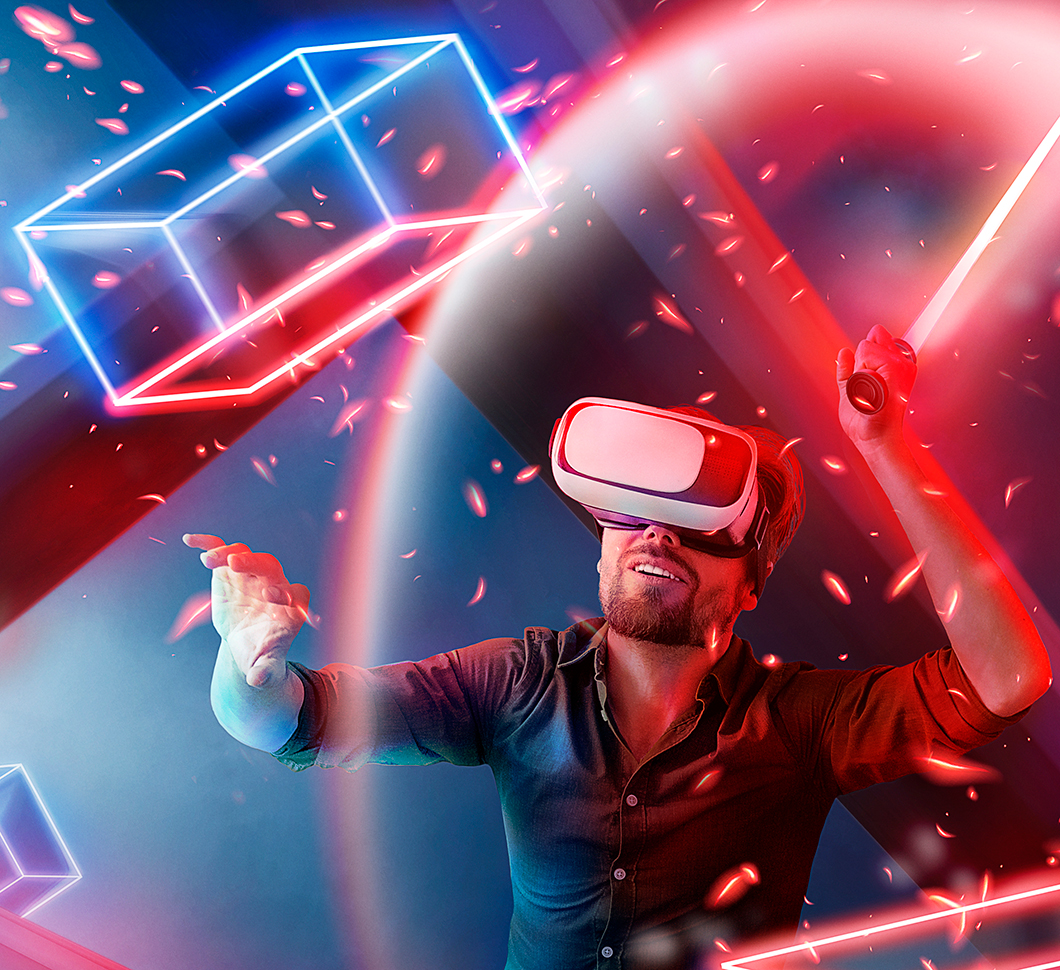 Roblox VR Games Are Booming. Here’s How to Ride the Wave
Roblox VR Games Are Booming. Here’s How to Ride the Wave 








